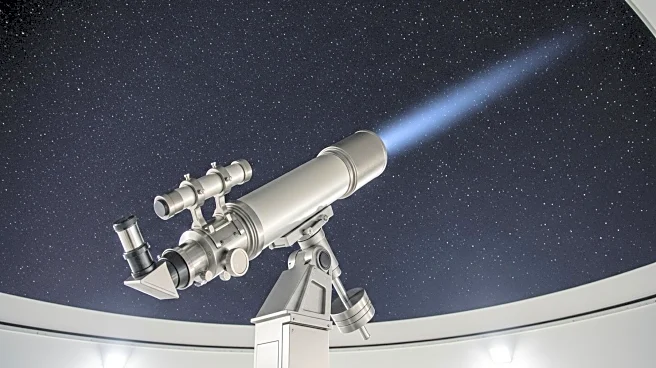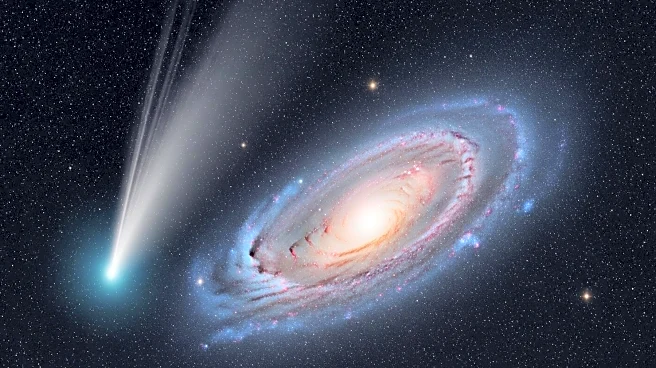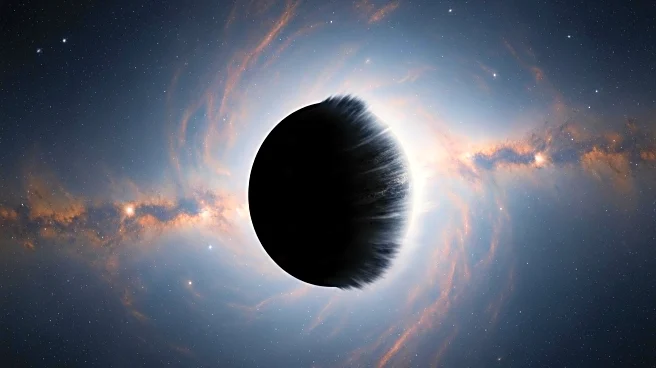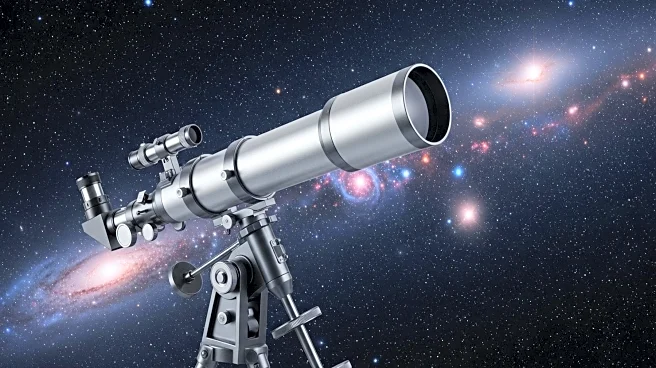What's Happening?
Thirty years ago, astronomers Michel Mayor and Didier Queloz discovered the first exoplanet orbiting a sunlike star, 51 Pegasi, marking a significant milestone in astronomy. This discovery, which earned them the 2019 Nobel Prize in Physics, confirmed the existence of planets outside our solar system. The planet, now known as Dimidium, is located 50.9 light-years away and has a mass nearly half that of Jupiter. This breakthrough has since led to the discovery of thousands of exoplanets using various advanced techniques.
Why It's Important?
The discovery of 51 Pegasi b was a pivotal moment in the field of astronomy, opening up new avenues for research and exploration. It has expanded our understanding of the universe and the potential for life beyond Earth. The ability to detect exoplanets has profound implications for science, as it challenges existing theories about planetary formation and the uniqueness of our solar system. This discovery has also inspired technological advancements in telescopes and observational methods, furthering our quest to explore distant worlds.
Beyond the Headlines
The discovery of exoplanets like 51 Pegasi b has sparked philosophical and scientific debates about the existence of life elsewhere in the universe. It has also influenced cultural and educational narratives, encouraging a broader public interest in space exploration. As technology continues to advance, the search for habitable planets and extraterrestrial life remains a key focus for astronomers, potentially reshaping our understanding of humanity's place in the cosmos.










